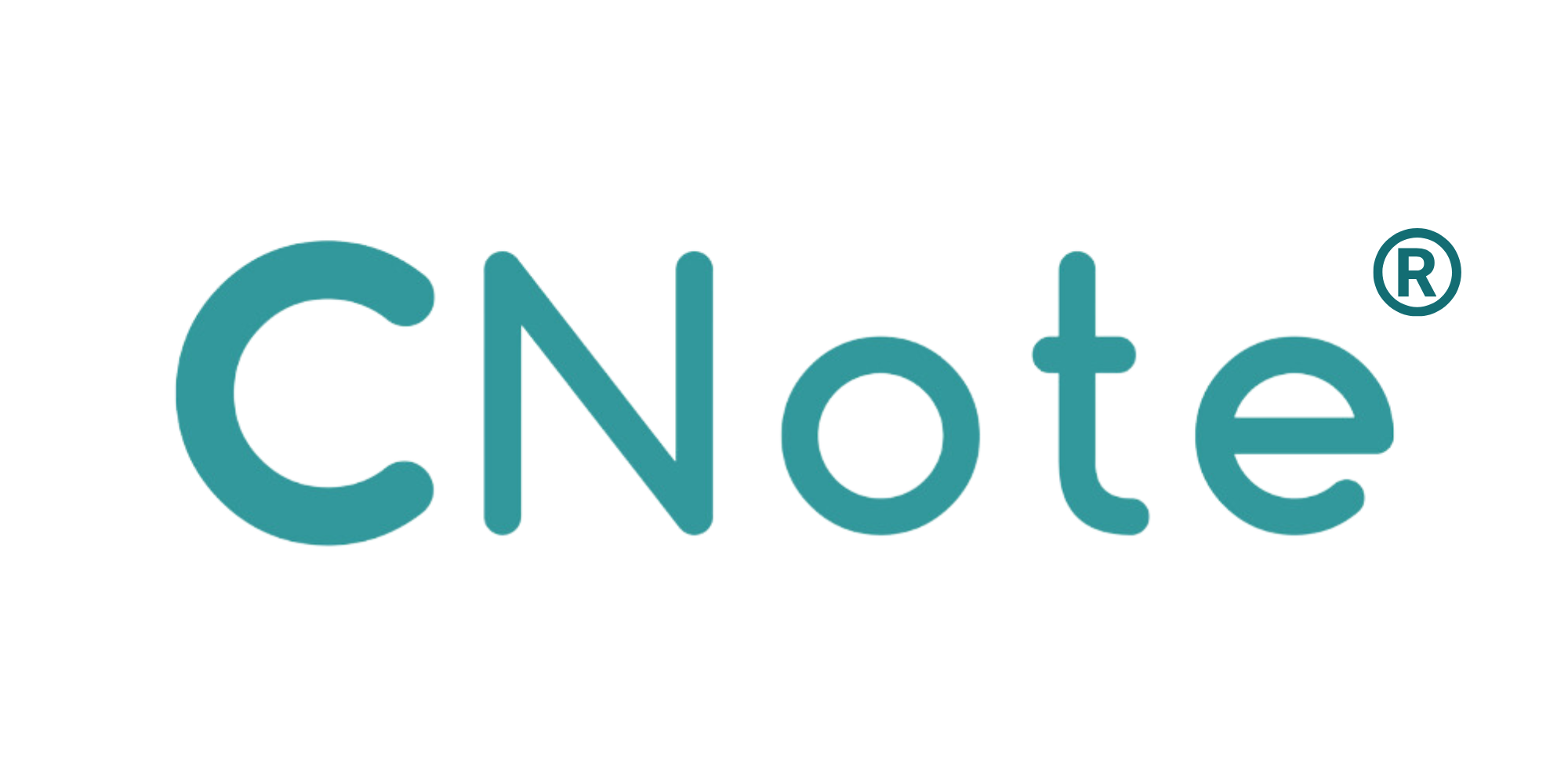Many institutions hold cash that isn’t actively generating value for their business or the greater economy. This idle cash often sits in low-yield accounts or accounts that don’t drive impact in the community, leaving opportunities to support your local economy untapped. But what if this idle cash could be put to work, not only benefiting your institution by gaining interest but also being used to help distribute loans to underbanked and underestimated communities?
Using idle cash to empower the local economy can be one of the most impactful ways to help drive long-term sustainable economic growth, create jobs, and foster community resilience. Here’s how institutions of all sizes can utilize idle cash to fuel local economic development.
How Institutions Can Use Idle Cash to Empower the Local Economy
Institutions have an opportunity to put idle cash to work. Whether it’s cash that remains in low-yielding reserves or funds that are not actively being used for business growth, these funds can have a transformative impact when deployed into the right areas. By channeling idle cash into cash management solutions that support small businesses and affordable housing projects in underbanked areas, institutions can play a role in stimulating local economies.
Redirecting idle cash into these areas helps drive local economic growth, create jobs, and strengthen communities, all while maintaining liquidity and safety for the funds.
The Impact of Small Businesses and Affordable Housing
Small Business Loans:
Small businesses are the backbone of the American economy, and access to capital is crucial for their success. However, many small businesses—especially those in underserved communities—struggle to secure financing from traditional sources. According to the Federal Reserve’s 2020 Small Business Credit Survey, 48% of small businesses report that access to financing is one of their biggest challenges (Source: Federal Reserve)
Small businesses employ nearly 47.5% of the private workforce in the U.S., according to the U.S. Small Business Administration (Source: SBA) By providing access to funding, financial institutions can help small businesses thrive, expand, and hire more workers. These loans help foster local entrepreneurship, creating jobs and generating wealth within the community. The ripple effect of supporting small businesses doesn’t just benefit the business owners, but also their employees, suppliers, and the broader local economy.
The Broader Economic Impact
When idle cash is used to support small businesses and affordable housing projects, the effects extend far beyond the local community.
Job Creation:
By providing liquidity to entrepreneurs and local business owners, financial institutions are helping create employment opportunities, reducing unemployment, and enhancing the economic stability of communities. These jobs are crucial in providing local residents with a pathway to financial stability.
Research shows that small businesses help create jobs at a higher rate than large corporations. In fact, small businesses created 1.5 million new jobs in 2020 alone, according to the SBA (source: SBA)
Local Spending:
When businesses thrive, so do the communities around them. Local businesses generate revenue that stays within the area, benefiting everyone in the community—from employees to suppliers. According to the U.S. Bureau of Economic Analysis, the multiplier effect for small businesses can be as high as 1.5, meaning that every dollar spent locally generates an additional 50 cents in local economic activity (Source: American Independent Business Alliance)
This increased local spending helps boost local economies and fosters a cycle of growth.
The Benefits of Keeping Dollars Local
One of the most powerful aspects of deploying idle cash into local economic development is that it keeps dollars within the community. When institutions direct their funds through mission-driven partners like community banks or credit unions, the funds are put back into the local economy, supporting local businesses, workers, and residents.
This is known as the “multiplier effect.” According to a 2017 study by the American Independent Business Alliance, for every $100 spent at a locally owned business, $68 stays within the local economy, compared to just $43 for chain retailers (Source: American Independent Business Alliance)
When a business receives capital, they hire employees, purchase materials, and pay taxes—all of which contribute to the local economy. The money is spent, re-spent, and circulated, stimulating further economic activity and growth.
Conclusion
Turning idle cash into a force for good is not just possible—it’s essential. By using idle funds to support local businesses and affordable housing, institutions can help empower communities, create jobs, and contribute to broader economic growth.
For institutions looking to make a positive impact, turning idle cash into a powerful tool for economic development can help build a more resilient and equitable economy—one community at a time.
Disclosure: This information should not be relied upon as research, investment or financial advice, or a recommendation regarding any products, strategies, or any security in particular. This material is strictly for illustrative, educational, or informational purposes and is subject to change. Investing involves risks, including possible loss of principal. The information does not purport to provide any legal, tax or accounting advice.


